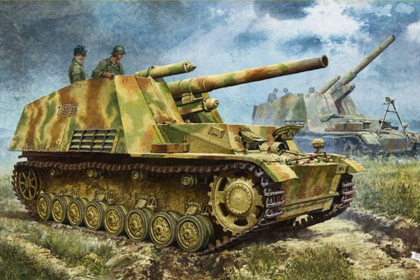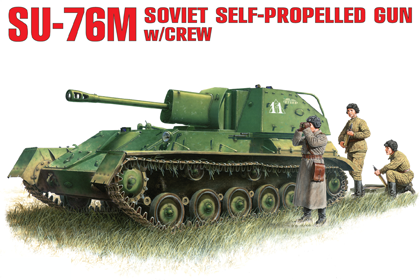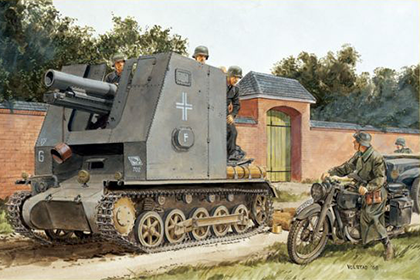This is the Trumpeter 05583 kit in 1/35 scale, of the ‘Russian S-51 Self Propelled Gun’.

History
After November 1943, authorized by the Revolutionary Committee of the Soviet Union the Ge Labin Central Artillery Design Bureau started to design the next generation of self-propelled guns, the KV-1S chassis and B-4 howitzer combination of design, named S-51 self-propelled artillery, optimizeartillery combat combat readiness to complete the 20 minutes.
In addition, due to the strong chassis of the KV-1S tank, the S-51 artillery can be folded to the rear to reduce the bodywork length to facilitate the march. S-51 in early 1944 by nearly 300 design test and a series of wild march test, basically reached the requirements, Soviet firepower summarized as, machine power in artillery belonging to excellent.
Manufacturer
Where I got it
- Stoppel Hobby (July 2014)




